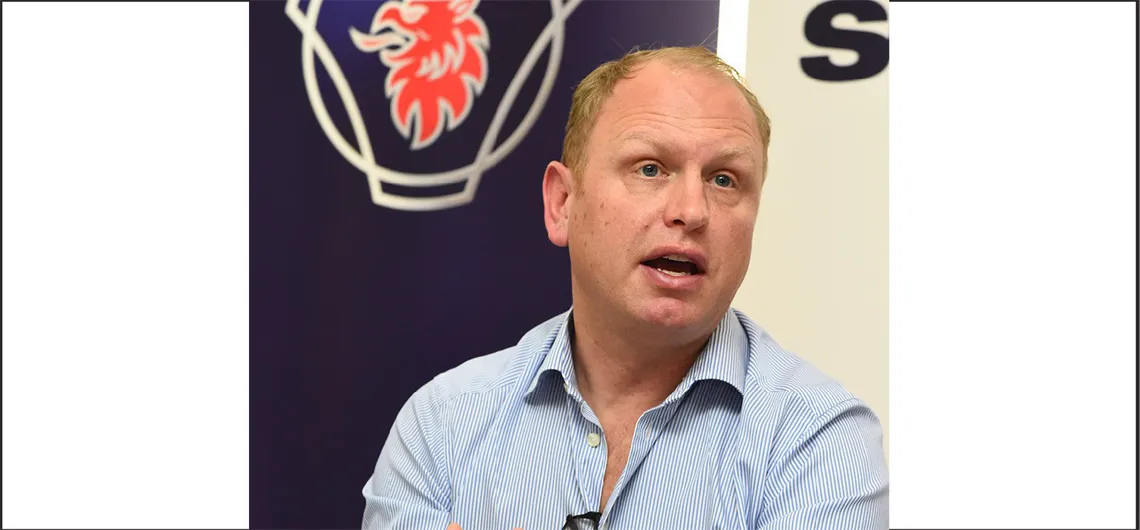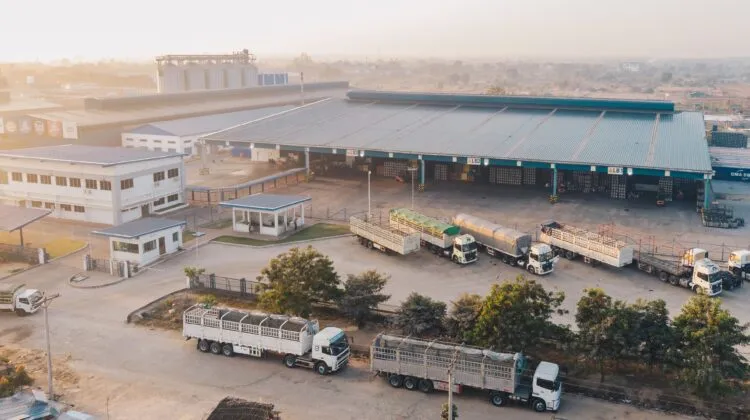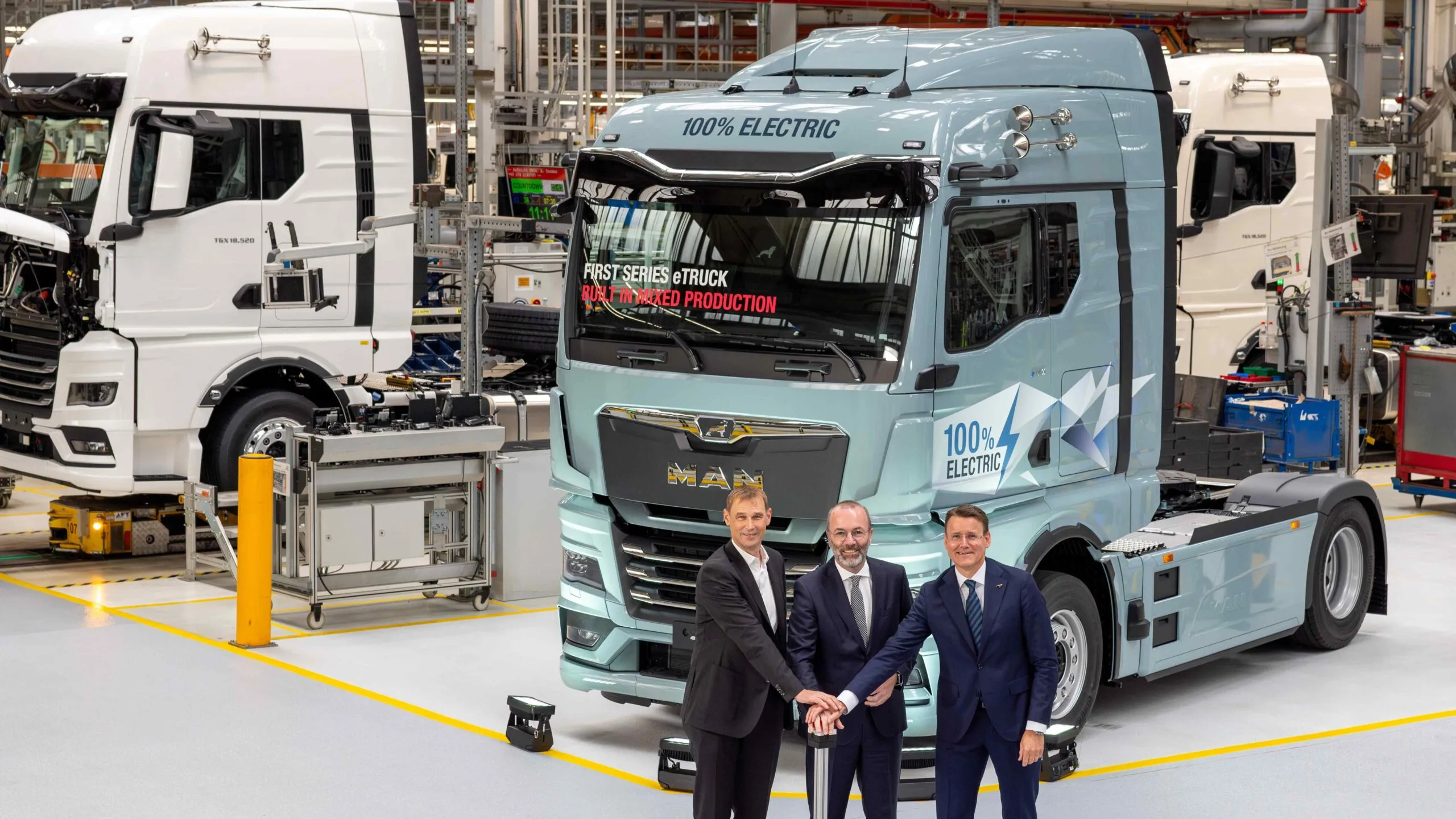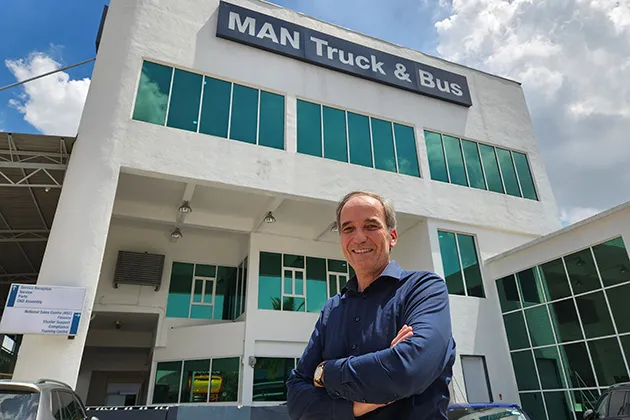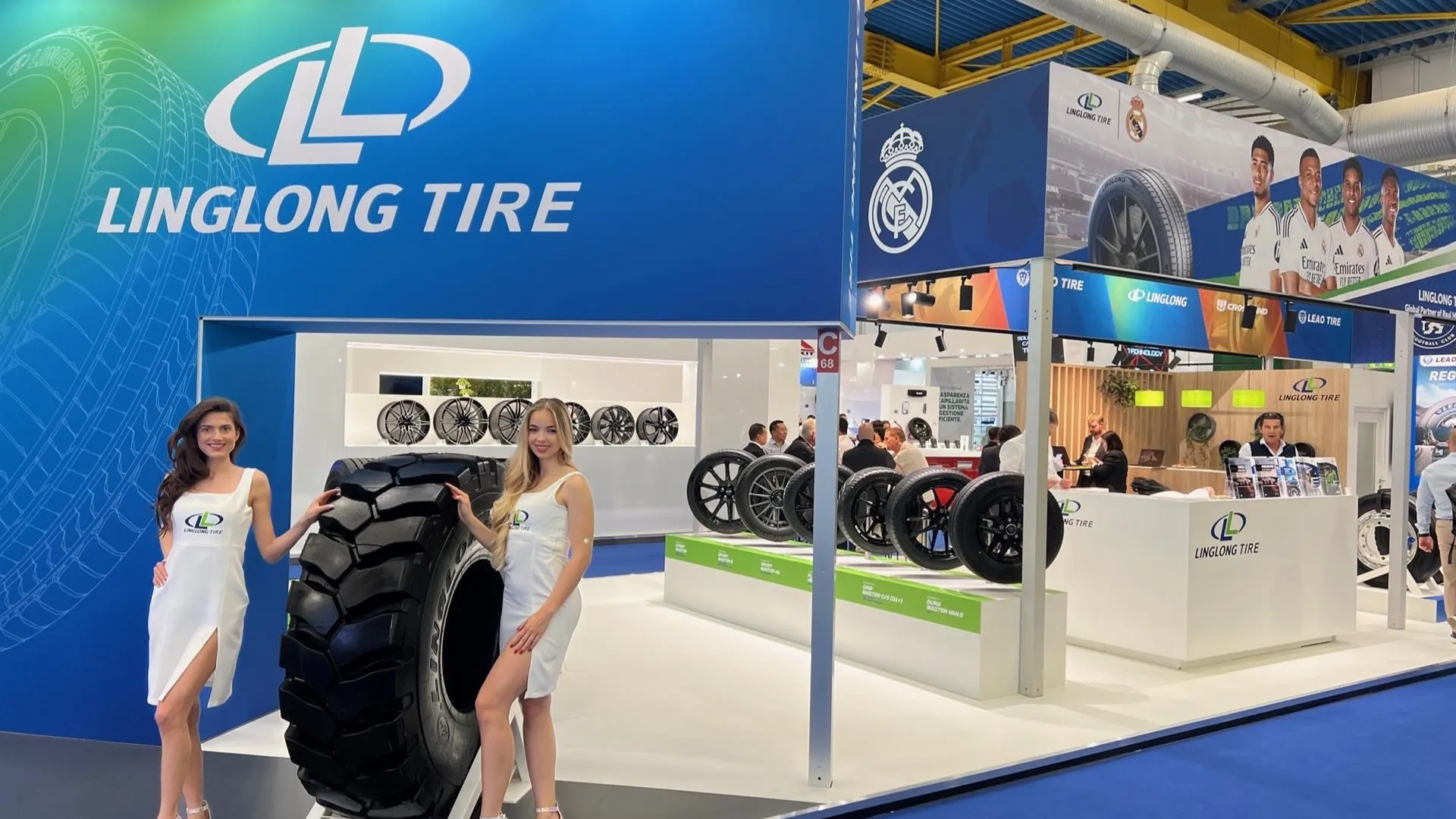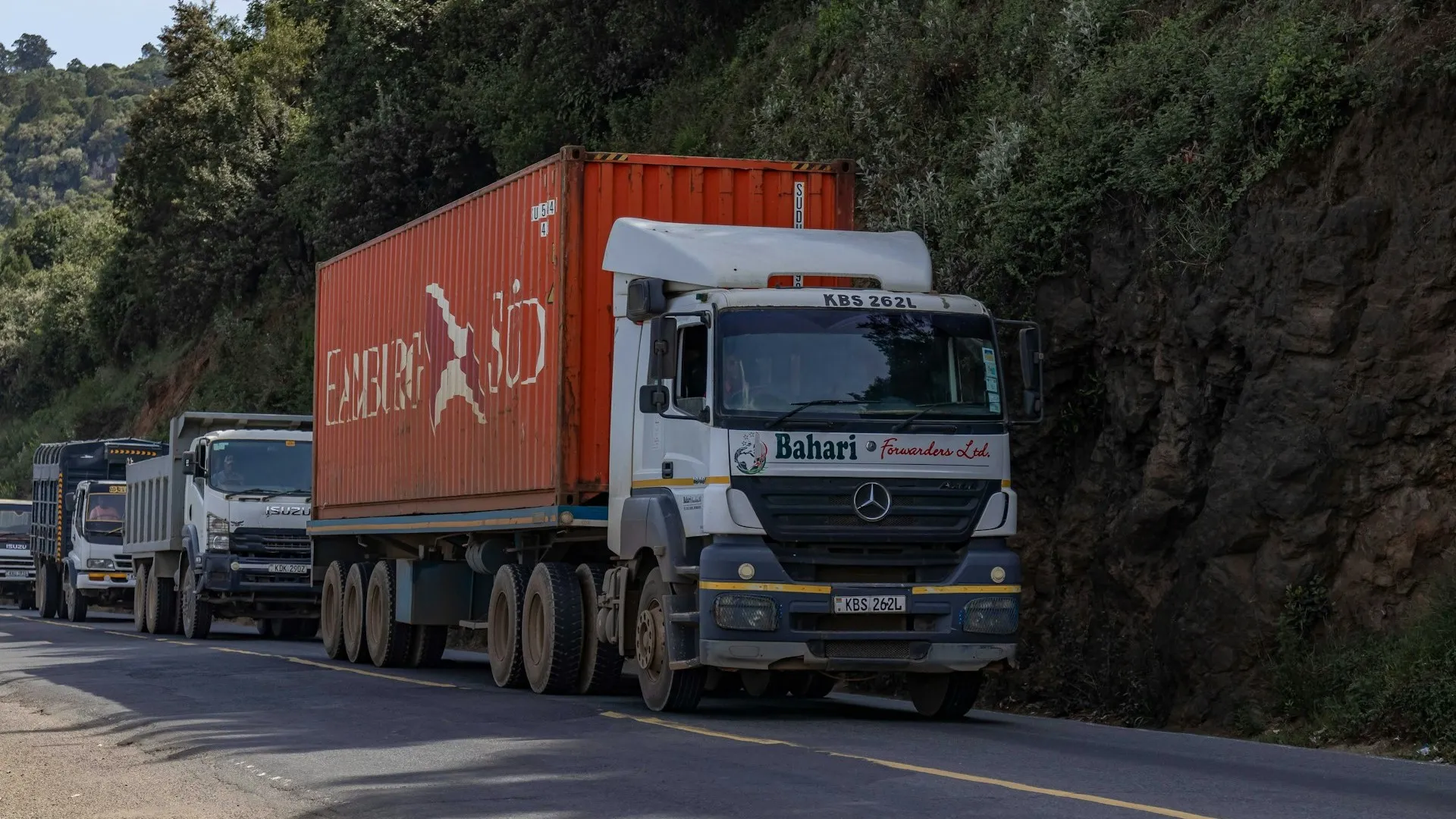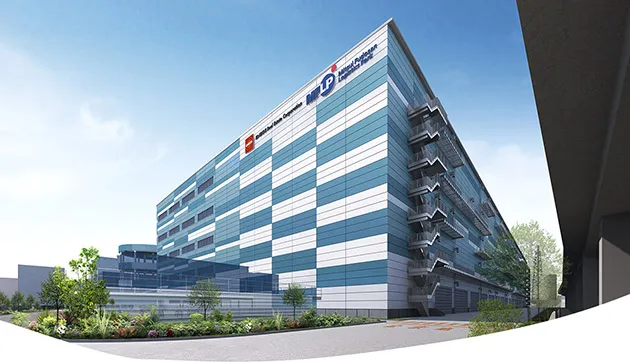Scania Group President & CEO Henrik Henriksson was in Malaysia recently and had a short meet-up session with a small media group at the company’s headquarters in Bukit Jelutong.
Scania Group President & CEO Henrik Henniksson Discusses Driving Customer Profitability
The first question that the group raised regarded Volkswagen Group’s proposed float of Volkswagen Truck & Bus GmbH. Volkswagen Truck & Bus is a wholly-owned subsidiary of Volkswagen AG and a global leader in commercial vehicles with it brands MAN, Scania, Volkswagen Caminhões e Ônibus and RIO. Its product r...
Scania Group President & CEO Henrik Henniksson Discusses Driving Customer Profitability
The first question that the group raised regarded Volkswagen Group’s proposed float of Volkswagen Truck & Bus GmbH. Volkswagen Truck & Bus is a wholly-owned subsidiary of Volkswagen AG and a global leader in commercial vehicles with it brands MAN, Scania, Volkswagen Caminhões e Ônibus and RIO. Its product r...

